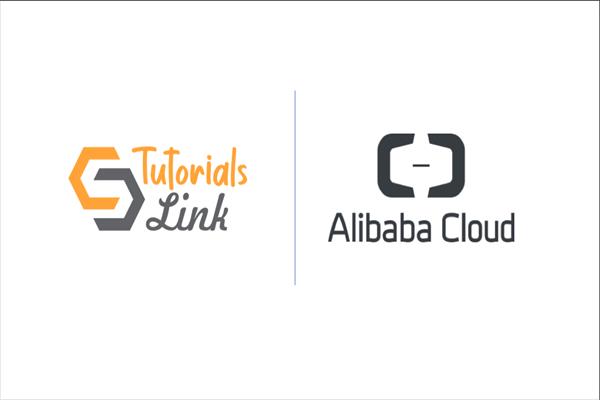What is Alibaba Cloud PAI ?
What is Machine Learning?
Machine learning represents an interdisciplinary field encompassing knowledge from probability theory, statistics, approximation theory, and complex algorithms. Utilizing computers as tools to mimic human learning processes in a real-time manner, machine learning categorizes existing knowledge to enhance learning efficiency. When employing machine learning to construct a model, one can postulate the structure or type, train the model to acquire parameters, and subsequently employ these parameters and the trained model for analysis and prediction. Machine learning finds application in various scenarios:
- Content generation: Produces text, image, video, and audio content aligned with business requirements.
- Marketing: Offers commodity recommendations, user profiling, and targeted advertising.
- Finance: Predicts credit risks for loans, manages financial risks, forecasts stock and gold prices.
- Social network: Analyses key opinion leaders and relational networks.
- Text processing: Classifies news, extracts keywords, summarizes text, and conducts text analytics.
- Unstructured data processing: Classifies images and extracts text based on optical character recognition (OCR).
Other forecasting scenarios: Predicts rainfall and football match results.
Machine learning encompasses traditional machine learning and deep learning and is segmented into the following learning modes:
- Supervised learning: Each sample possesses an anticipated value, allowing the creation of a model to map input feature vectors to target values. This mode resolves regression and classification issues.
- Unsupervised learning: Samples lack target values, and this mode discovers potential regular patterns from sample data, resolving clustering issues.
- Reinforcement learning: A complex mode where a system interacts continually with the external environment to obtain feedback and adjust its behaviour to optimize long-term targets. Examples include AlphaGo and autonomous driving.
What is PAI?
It empowers Alibaba Group developers to efficiently, concisely, and uniformly employ AI technologies. Officially launched in 2018, PAI has garnered tens of thousands of enterprises and individual developers, emerging as a premier machine learning platform on the cloud in China.
PAI supports various underlying computing frameworks, including Flink for stream computing, optimized open-source deep learning frameworks like TensorFlow, PyTorch, Megatron, and DeepSpeed, and Parameter Server for processing hundreds of billions of samples in parallel. Additionally, it supports mainstream open-source computing frameworks like Spark, PySpark, MapReduce, and others.
PAI offers a range of services:
- Machine Learning Designer: A visualized modelling and distributed training service.
- Data Science Workshop (DSW): A Notebook-based service for interactive AI research and development.
- Deep Learning Containers (DLC): A fundamental cloud-native platform for AI.
- Elastic Algorithm Service (EAS): A service enabling the deployment of models as online prediction services.
Drawing upon years of service for Alibaba Cloud and Alibaba Group, PAI provides various benefits:
- Full-lifecycle end-to-end service for AI research and development: Supports all AI development phases, from data labelling to model deployment, offering over 140 types of optimized built-in algorithm components and compatibility with multiple deep learning frameworks.
- Diverse service modes: Supports fully managed and semi-managed services for the public cloud, alongside high-performance AI computing clusters and lightweight service modes.
- Industry-leading AI optimization: Supports high-performance training frameworks, sparse training scenarios, acceleration of mainstream framework models, and distributed incremental training.
- Integration with DataWorks: Facilitates data processing using SQL, user-defined functions, user-defined aggregation functions, and MapReduce, enhancing flexibility and efficiency.
- Support for scheduling experiments: Enables the scheduling of tasks for training and generating models, with the flexibility to run tasks in staging or production environments, ensuring data isolation.





